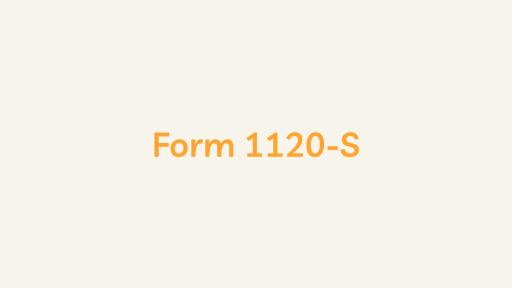What is Form 1099-SA?
Form 1099-SA is an IRS tax form used to report distributions made from Health Savings Accounts (HSAs), Archer Medical Savings Accounts (Archer MSAs), or Medicare Advantage Medical Savings Accounts (MA MSAs). If you have received distributions from one of these accounts, you will likely receive Form 1099-SA.
Download Form
Download instructions
Key Components
- Payer Information:
- The form begins with information about the payer or financial institution making the distribution. This includes the name, address, and taxpayer identification number (TIN) of the payer.
- Recipient Information:
- Details about the recipient of the distribution (the account holder) are provided, including their name, address, and TIN.
- Box 1: Gross Distribution:
- This box reports the total amount of distributions made during the tax year from the HSA, Archer MSA, or MA MSA. It includes both qualified and non-qualified distributions.
- Box 2: Earnings on Excess Contributions:
- If there were any earnings on excess contributions that were withdrawn, the amount is reported in this box. Excess contributions are subject to additional taxes.
- Box 3: Code:
- A code is provided to identify the type of distribution. Common codes include:
- 1: Normal distribution
- 2: Excess contributions and earnings returned before due date
- 3: Disability
- 4: Death
- 5: Prohibited transaction
- A code is provided to identify the type of distribution. Common codes include:
How to Use Form
- Receive the Form:
- If you received distributions from an HSA, Archer MSA, or MA MSA during the tax year, you should receive Form 1099-SA from the financial institution that manages your account.
- Review Information:
- Check the information on Form 1099-SA to ensure that it is accurate, including your name, address, and the amount of gross distribution.
- Understand the Codes:
- Understand the distribution code provided in Box 3, as it indicates the reason for the distribution (e.g., normal distribution, disability, death, etc.).
- Include in Tax Return:
- Report the information from Form 1099-SA on your federal income tax return. Depending on the nature of the distribution, you may need to include the details on Form 8889, which is used to report HSA and Archer MSA contributions and distributions.
- Calculate Additional Taxes:
- If you had any non-qualified distributions or excess contributions, be aware that they may be subject to additional taxes. Consult the IRS guidelines and instructions for any applicable tax implications.
- Retain Records:
- Keep a copy of Form 1099-SA for your records. It’s essential for verifying the accuracy of your tax return and may be needed in case of an IRS audit.
Conclusion
Form 1099-SA is a crucial document for individuals who have received distributions from health savings accounts. It provides the necessary information to report these distributions on your tax return accurately. As tax rules and regulations may change, it’s advisable to consult the most recent IRS instructions for Form 1099-SA and seek professional tax advice if needed.





